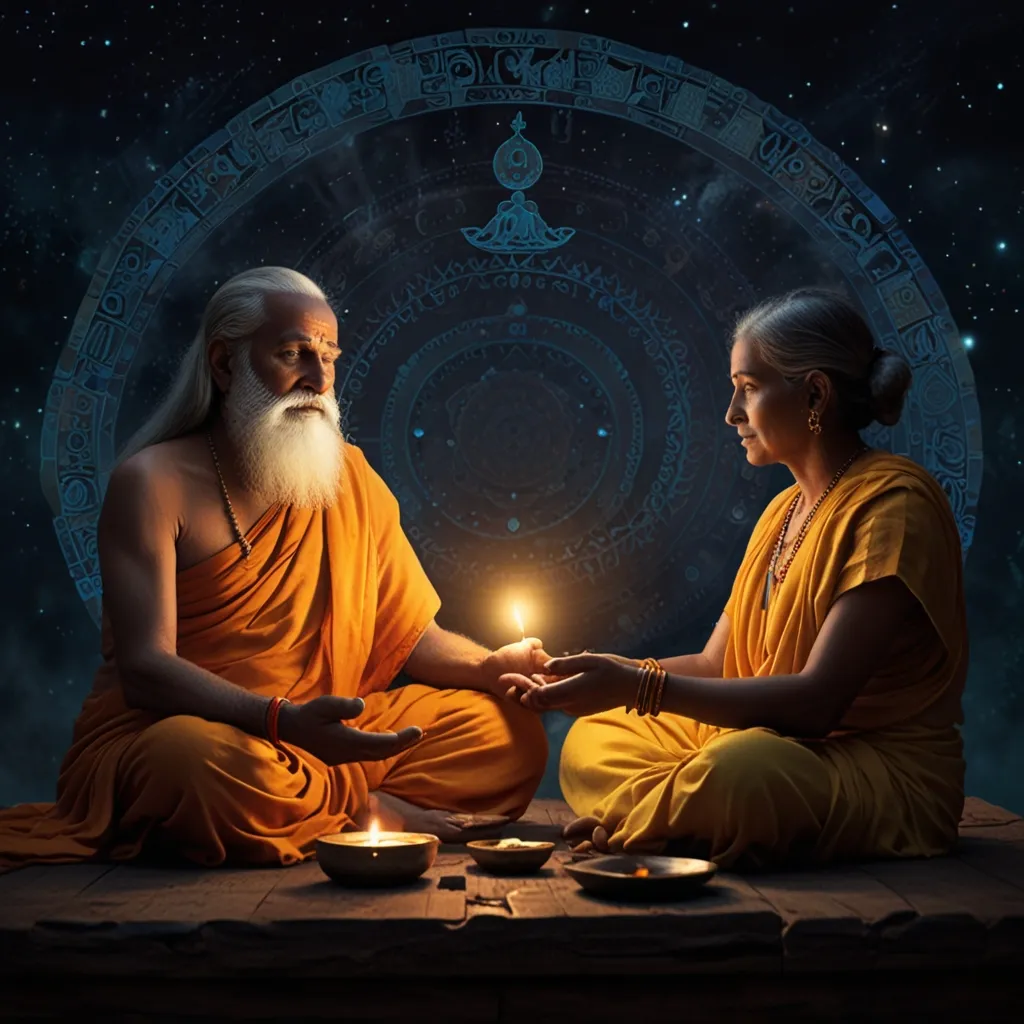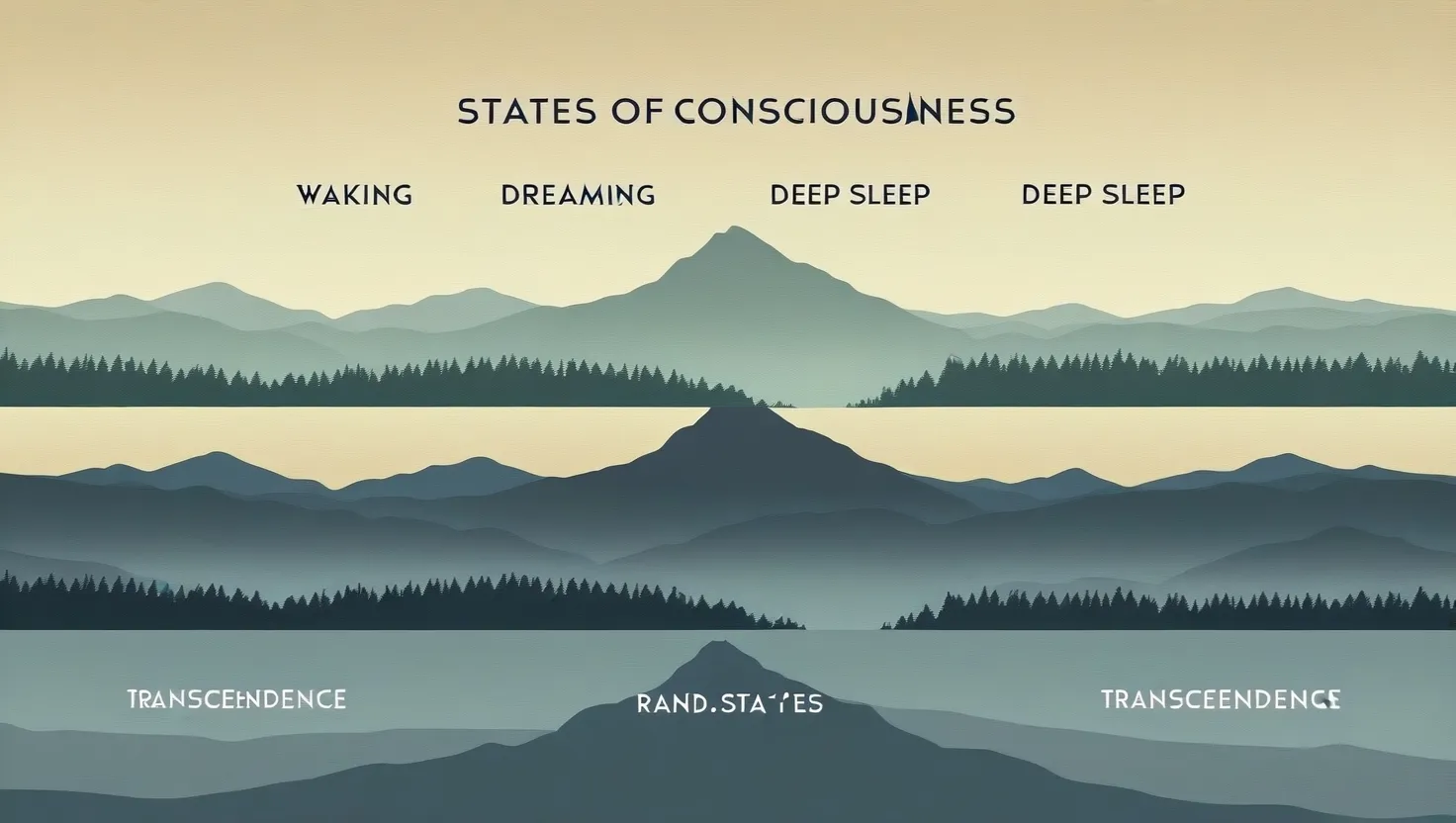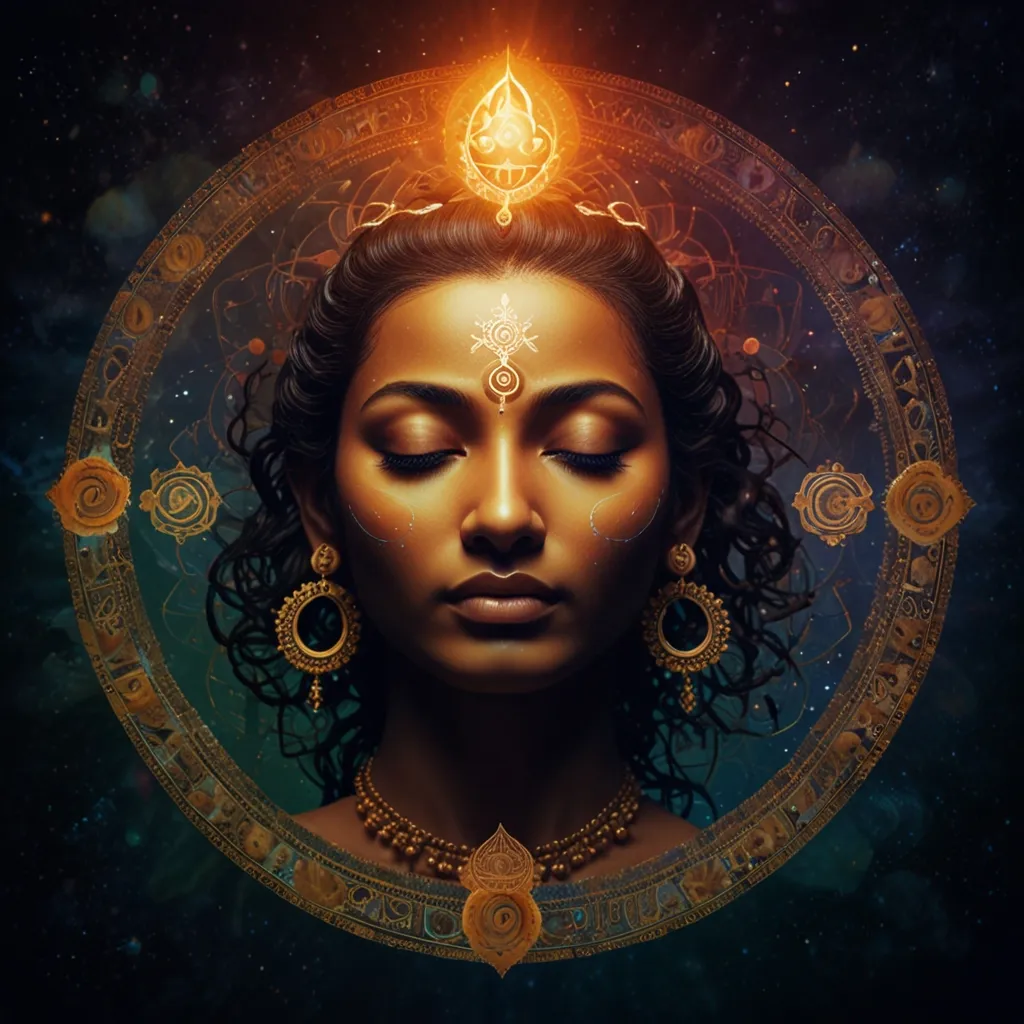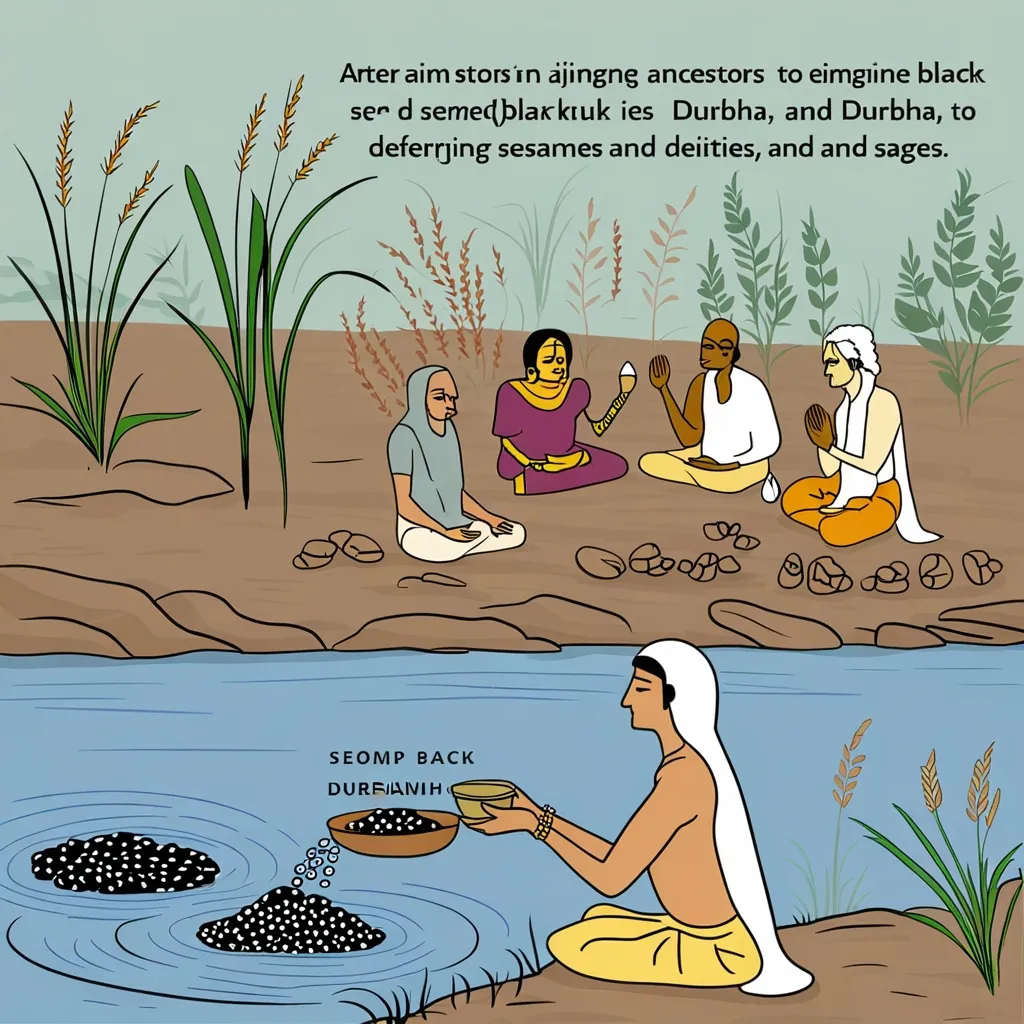The Vedas and Upanishads are basically the bedrock of Hinduism. These texts dive deep into philosophy, rituals, and what it means to exist. Revered and studied for centuries, they have a huge impact on Hindu thought and practice. But how do they stack up against other ancient texts? Let’s get into it.
The Vedas: Ancient Wisdom in Action
The Vedas are some of the oldest texts in Hinduism, dating back to between 1200 and 400 B.C.E. Think of them as a collection of ancient hymns, rituals, and chants. They give us a glimpse into humanity’s early attempts at understanding existence and connecting with deities. The Vedas are all about rituals and ceremonies, laying down practical guidelines for worship. Initially passed down orally, these texts are considered a divine revelation.
The Upanishads: Diving Deep into Philosophy
The Upanishads came around a bit later, between 700 and 400 B.C.E. These texts take a more philosophical approach, earning the name Vedanta, or “the end of the Vedas.” They explore reality, the self (Atman), and ultimate reality (Brahman). The texts often read like a dialogue between teachers and students, discussing big spiritual concepts in a more profound and philosophical way.
Comparing with Other Ancient Texts
When you line up the Vedas and Upanishads with other old texts, some interesting similarities and differences pop up. Take Plato’s dialogues from ancient Greece, for example. Plato delves into metaphysics and the idea of an unchanging truth, which isn’t far off from what the Upanishads talk about. However, Plato tends to be more structured and systematic, while the Upanishads lean towards the mystical.
The Bible also shares some common ground. Both the Bible and the Vedas/Upanishads touch on ethics, the universe, and divinity. But the Bible is more about narratives and historical events, whereas the Vedas and Upanishads stick to rituals and philosophical discussions. The structured doctrine of the Bible contrasts with the more flexible Hindu scriptures.
The Bhagavad Gita: Bridging Practicality and Philosophy
Enter the Bhagavad Gita, part of the larger Mahabharata. This text brings together the practical rituals of the Vedas and the deep philosophy of the Upanishads. It talks about duty (dharma) and relationships between humans and the divine. If the Vedas and Upanishads are the theory and lab manuals, the Gita is like a comprehensive how-to guide for living a virtuous life.
The Puranas and Tantras: More Stories, More Rituals
The Puranas and Tantras come in later, adding layers to the stories and rituals of the Vedas. The Puranas are packed with tales about Hindu gods and their adventures, while the Tantras delve into physical rituals aimed at spiritual growth. These texts are more hands-on, focusing on specific deities and practices much like the Vedas, but they bring in a more detailed and devotional angle.
Final Thoughts
The Vedas and Upanishads offer a rich tapestry of wisdom that’s shaped Hindu thought for ages. While they share themes with other ancient texts, their mix of ritualistic and philosophical content makes them stand out. The Vedas get you into the nitty-gritty of religious rituals, while the Upanishads tackle the deeper questions of existence. Together, they offer a comprehensive guide to the vast and multifaceted world of Hindu spirituality and philosophy.






